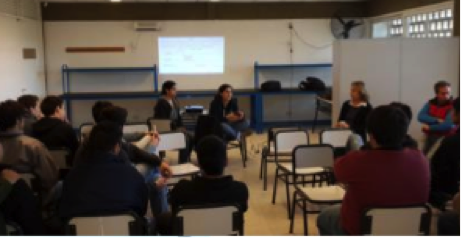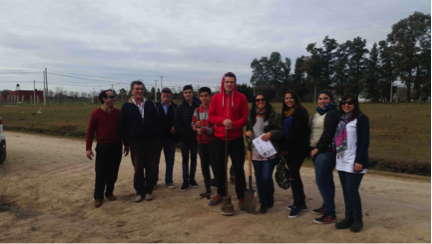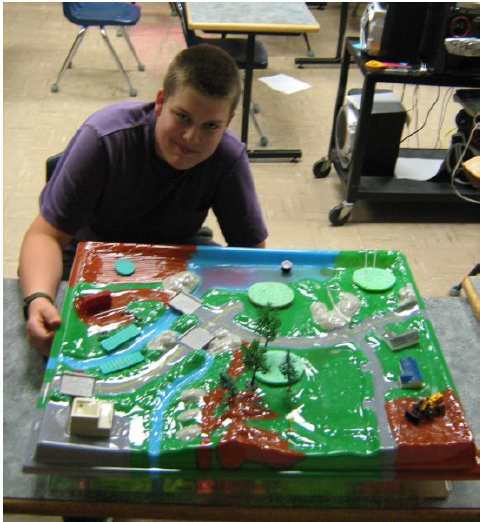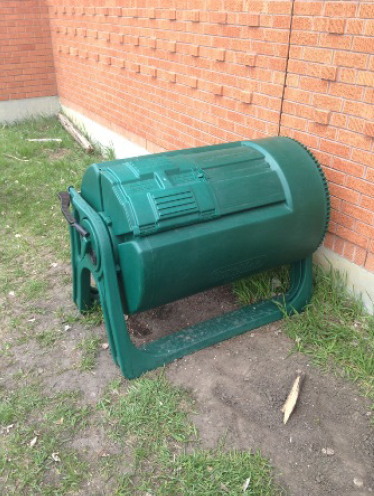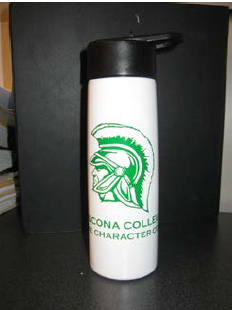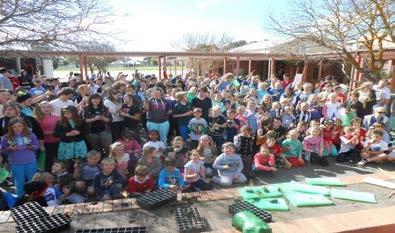2013 Warrnambool, Victoria, Australia

The Environmental Action Team at Warrnambool Special Developmental School, (WWEB Patrol), was a finalist in the 2013 Caring for Our Watersheds competition.
The students realised the potential of reducing the amount of rubbish going into landfill by stopping organic waste entering the equation. They knew that by removing organic waste from landfill bins the amount would be reduced but they wanted to know by how much.
Firstly, over a ten week period, the students measured out a total of 172kg of organic waste entering landfill. From this, the students decided they would redirect the organic waste in a sustainable way, by obtaining compost bins and worm farms.
A number of ‘kitchen caddies’ were purchased and placed next to the rubbish bins to help remind people that they should be putting organic waste in these bins, to be later composted and used on the vegetable garden at school, or put in the worm farm to create worm juice, or simply fed to the school chooks.
Not only did they redirect the organic waste they also aimed to educate the school community on a weekly basis. Each week the school newsletter continues to give hints and tips for recycling at home and also informs parents of the student’s efforts at school, in terms of sustainability.
One student says, “Our project is ongoing and continues to grow. This has been made easier and more effective with the generosity of the Caring for our Watersheds program.”
